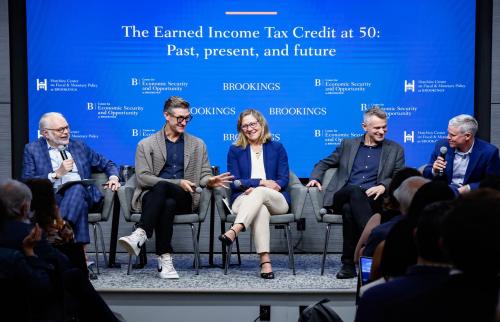The latest numbers on income trends have just been released by the Congressional Budget Office (CBO). We’ll be digging deeper into these numbers, but there are some immediate points worth highlighting:
1. Top 1% have been pulling away…
Cumulative average income growth from 1979 to 2016 has been much faster for households in the top 1% of the distribution (which in 2016 meant an income of at least $669,700 for a family of three). This is true for incomes before and after taxes and transfers are taken into account:
The “we are the 99%” story, then, is still part of the story about income inequality. But it is not the whole story, especially when it comes to the fortunes of the middle class.
2. …but middle class incomes have been lagging both rich and poor
The rapid growth at the top is the most eye-catching trend, for sure. But it is by definition a story about a very small minority. Taking them out of the picture allows a closer examination of the trends within the bottom 99% (not least because the vertical axis can be altered).
Incomes in the middle class (by our definition, the middle 60% of households) have lagged since 1979, growing just half as fast as those in the bottom 20% and the top 81-99%, once taxes and transfers (including health care) are taken into account.
The incomes of the poorest fifth are lifted considerably by the inclusion of transfers – a sign that the safety net is working, at least to this extent. But it is important to note that the CBO methodology includes the cost of government support for health care, which some scholars argue should not be included, or at least not at full price, since health care is not income. Note too that the growth in incomes of those in the top quintile (excluding the top 1%) has been as robust even after taxes and transfers.
3. And while the middle class outlook to 2021 is a little better…
CBO has also tried, for the first time, to project income trends into the near future. This is one of the things we’ll be digging into, but here we will just report the headline findings. According to the CBO, the middle class is set to do a little better over the half-decade from 2016 to 2021:
Note too the faster income growth projected for the bottom quintile, especially before taxes and transfers: likely a product of rising wages towards the bottom of the labor market.
4.…it’s not good enough to catch up…
But there is no immediate prospect of income growth in the middle class catching up with either the poor or – especially – the affluent. Combining past trends with the CBO’s projections suggests that a few years of slightly faster growth will not be enough to close the striking gap in cumulative income growth between the middle class and those on high and lower incomes:
5. …So concerted efforts to lift middle class are needed
Significant improvements in the quality of life of the middle class are not likely to come from general economic growth, or at least not anytime soon. Concerted efforts to boost household incomes are required, including expanded tax credits, more access to skills and education, help with housing costs, help balancing work and family life, and much more. Our project is called the Future of the Middle Class Initiative for a reason. We know the trends have been troubling. But trend lines can be changed; and good policy can change them.
The Brookings Institution is committed to quality, independence, and impact.
We are supported by a diverse array of funders. In line with our values and policies, each Brookings publication represents the sole views of its author(s).








Commentary
Middle class incomes have fallen behind and not set to catch up says CBO
December 20, 2019